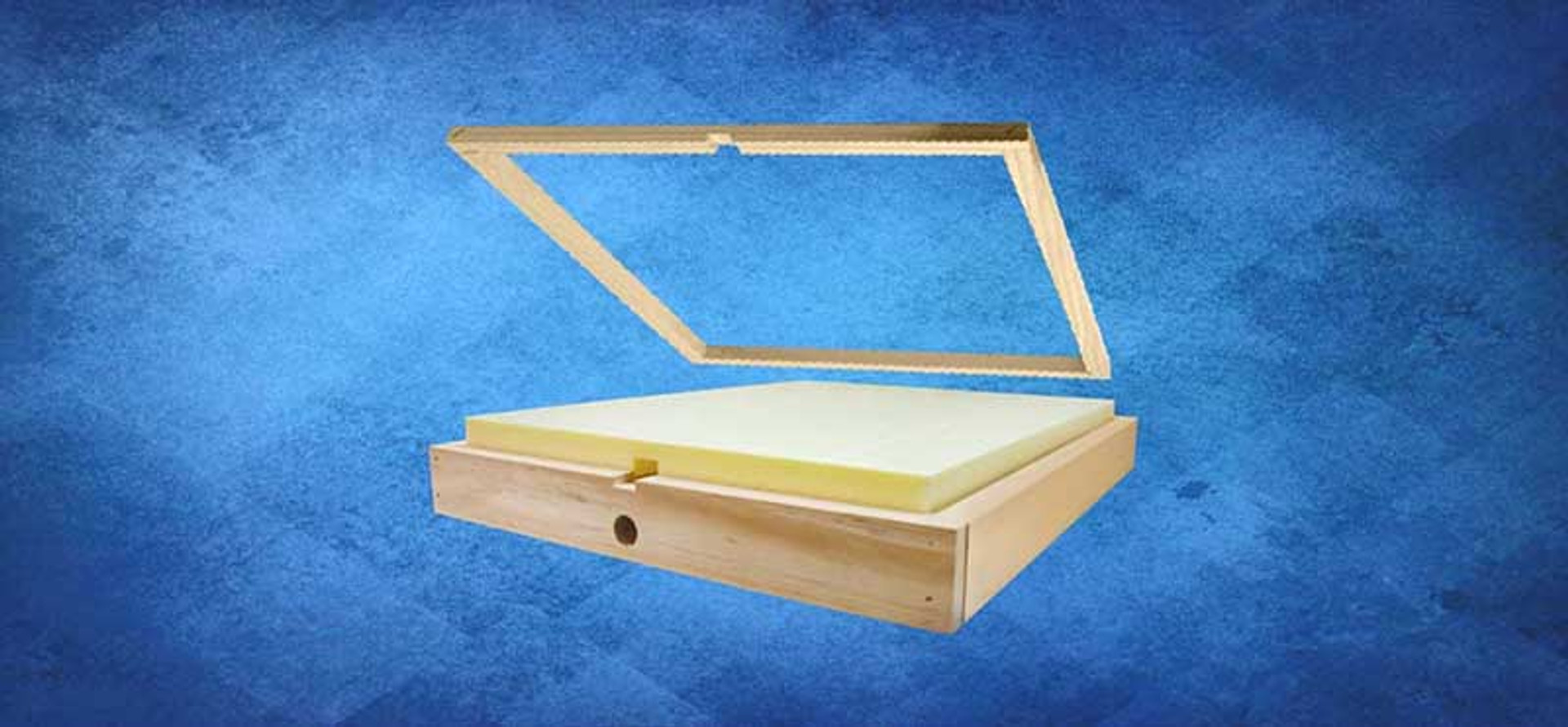Winter Prep
Tips for Winterizing a Beehive
Your bees have benefited from your time, money, and effort; now let's see whether we can bring them through the winter. It is absolutely discouraging to have a thriving, productive hive heading into the fall only to lose everything due to the harsh winter weather. At Mann Lake, we have a great selection of products available to assist your beehives not only survive the winter, but to also thrive!
How to Winterize a Beehive
- Feed syrup in the fall
- Leave enough honey in the hive
- Wrap your hive
- Ventilate the hive
- Use the narrowest opening on the entrance reducer
- Protect the entrance from mice
- Control Varroa mites
Mann Lake Bee & Ag Supply carries a pre-formulated product, Pro Winter Feed. Our Pro Winter Feed will provide your colonies with food stores when the bees find the cupboards bare. Pro Winter Feed provides carbohydrates and only a very small amount of protein, so your bees won't be encouraged to start rearing brood too early. As warmer weather approaches switch to a pollen substitute patty such as UltraBee or BeePro® Patties which will provide both carbohydrates and protein for brood rearing.

What is an Inner Cover?
A Winter Inner Coveris an oval shaped hole in the middle, provides a dead air space between the top of the hive and the outside world. Some beekeepers cover the topmost box of their beehive with the inner cover, and then they put a feeder on top of the feeder hole. After that, they covered the inside cover and feeder with an empty super. When you feed your bees, this stops them from climbing up into this empty super and constructing honeycomb all over the place.
Purpose of an Inner Cover
An inner cover's purpose is to increase insulation for honey bees, let moisture out of the hive, and promote fresh air circulation. It serves as an upper entrance and exit and deters bees from propolizing the hive's exterior coat. They can be altered for both hot and cold temperatures according on the season.
Insulation
The main justification for using an inside cover is to allow for wintertime insulation. This is important to beekeepers because condensation may form when warm air from the bee cluster collides with cold air as it climbs. Your bees could perish if the moisture rains upon the cluster. Some people prefer the fact that the inner cover can serve as insulation, even though you should have a moisture board or another piece of equipment under your lid to insulate your hive and something to absorb moisture and condensation like a super.
We recommend using a 10Frame Insulation for Wintering Inner Cover. Place the insulation between the inner cover and the lid. Having insulation along-side the Inner Cover, will provide the extra insulation layer to support the bees in retaining heat, giving them a better chance at surviving the winter. Mann Lake’s 10 Frame Insulation is made with techno-polymer construction that will not rot. The double-wall construction with dead air zone keeps hives cooler in the summer and warmer in the winter. Built-in drip edge guides water away from the hive.
Ventilation
The ability of an inner cover to serve as both an additional higher entry and a ventilation opening is another great reason to utilize one. An upper entrance is practically necessary in the winter, during a large honey flow, and when it's hot outside.
What is a Spacer Shim?
The SpacerShim is designed specifically to improve brood chamber congestion, which in turn helps to reduce swarming. A Shim also aids honey production by providing an additional entrance/exit to honey supers. The shim should only be placed between supers with drawn comb. Spacer Shims are used under quilt boxes and on top of the brood boxes so there is room for winter patties.
A colony's demise is always discouraging, but a successful overwinter is an amazing achievement! Avoid putting too much effort into salvaging weak hives and refrain from starting over every year with pricey packages. Instead, start over with swarms or splits from strong bees. As your apiary slowly expands with strong, healthy bees that won't struggle each winter, learn how to make splits from the hives that survive. Mann Lake has the best supplies to help your beehives survive over winter and thrive!

